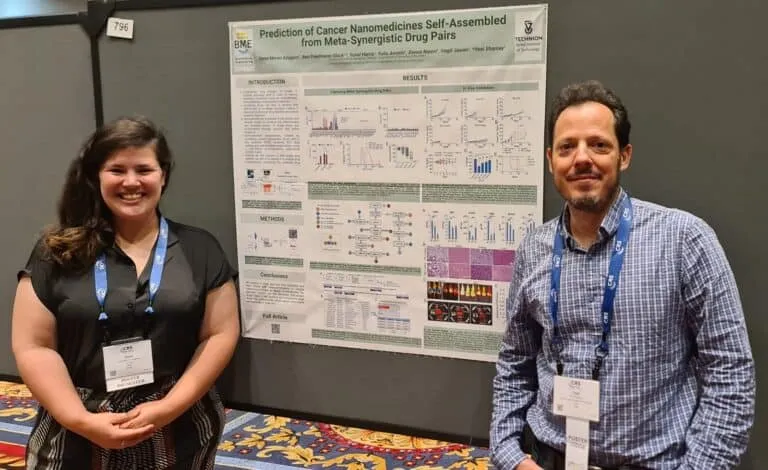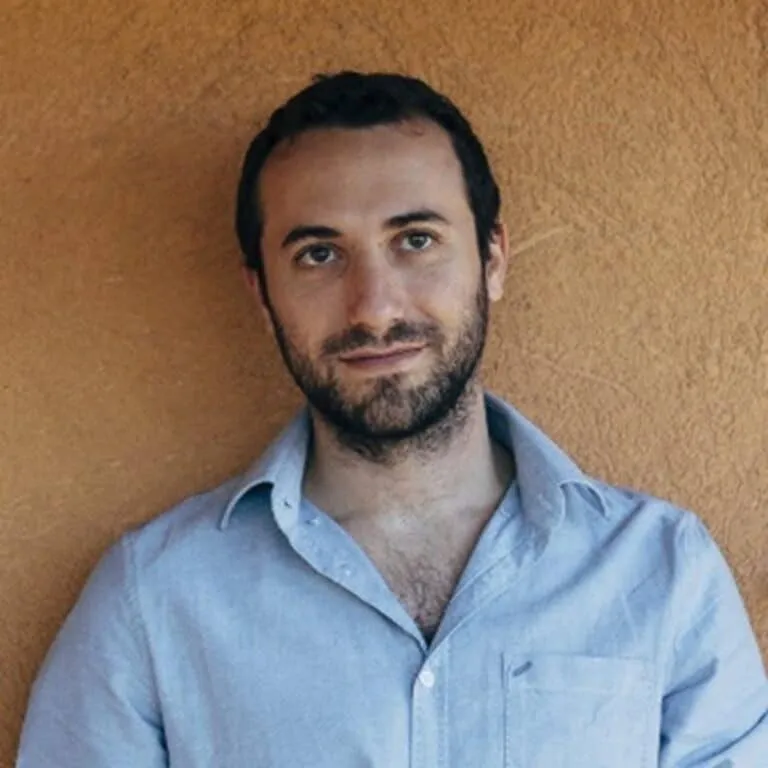Maayan Kinsbursky, a graduate of the advanced degree program in industrial design at the Technion, has won the international Red Dot Design Award for her master’s project. The award ceremony will take place in Singapore on October 10, and the project will subsequently be exhibited at the Red Dot Design Museum, also in Singapore. The project was supervised by Assistant Professor Yoav Sterman, former innovation manager at Nike, and a faculty member in the industrial design program headed by Prof. Ezri Tarazi, in the Faculty of Architecture and Town Planning.
Proteins are important biological compounds that can form amyloid structures, which have been implicated in neurodegenerative diseases such as Parkinson’s and Alzheimer’s, where the accumulation of abnormal amyloid aggregates (plaques) disrupts brain function. Our current research examined whether we should be concerned over the formation of amyloids in processed food, and it reveals positive aspects to this question in the context of their digestive fate.

Amyloid structures, it turns out, lead to a slow breakdown of the protein progenitors in the digestive system and promote positive changes in the colon. In fact, these changes resemble those of “regular” dietary fibers found in fruits and whole grains. Moreover, the bacteria in our gut prefer amyloids over “naked” undigested proteins, which may lead to negative effects such as adverse fermentation in the intestines.

Proteins are essential components in body structure and function, and it is now clear that proper protein consumption is important for human health and can even affect various behaviors such as appetite, hunger, and fatigue. Against this background, extensive efforts are being made to develop diverse protein-rich nutritional solutions for those who seek to tone down consumption of animal products. This is the backdrop for the positive findings emerging from the research published in Food Hydrocolloids.
The researchers focused on proteins from eggs and dairy to show case that protein-amyloids formed in processed foods may:
- Gradually break down in the upper digestive system, potentially promoting slower and more controlled absorption of proteins into the body.
- Assist in preserving the microbial diversity in the intestines; in particular, it was found that they maintain a low ratio between two important bacterial communities (Firmicutes and Bacteroidetes). This ratio indicates the health of the gur microbiota, whereas an unbalanced diet encourages an increase in this ratio which has been correlated with increased risk of disease (obesity, diabetes, and cancer).
From a wider viewpoint, the research demonstrates the inherent potential in food processing to enhance potential to promote health. According to Prof. Lesmes: “Today, we know how to precisely control and formulate foods and to estimate through models developed in my lab, how different food components will be digested in the body of different consumers. Together with innovative research tools, this scientific approach will help us understand the fate of proteins and innovative food components in the bodies of different consumers and may even facilitate development of personalized dietary choices. I believe that this research opens up new avenues for understanding the potential of “smartly” processed food to expand human nutrition sources and improve health.”
The research was supported by the National Science Foundation and the Russell Berrie Nanotechnology Institute at the Technion. The authors also thank the Smoler Proteomics Center at the Technion and Dana Benjamin from the Koren Lab at Bar Ilan University.




















